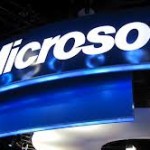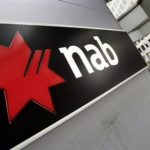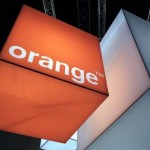Intel has cut its financial forecasts for the rest of the year after concluding that sluggish PC market would not see the recovery it had been expecting in the second half of 2013.
Brian Krzanich, the company’s new chief executive, explained that the world’s biggest chip-maker had been shifting strategy to mobile computing and to devices like smartphones and tablets. The CEO admitted the transformation should have happened in a faster pace.
However, he claimed that new chips arriving in devices later this year, one aimed at products priced as low as $200 that Intel had not been able to reach before, would mark the beginning of a rebound, and added: “There will always be a next big thing.”
Company shares lost 4% in after-market trading as it cut its revenue forecasts and took $1bn off its capital spending plans for 2013 to reflect sluggish PC demand. Revenues for this year were expected to remain unchanged from 2012, it added.
Executives blamed the pessimistic forecast on the decision by hardware makers to hold very low inventories as they remained uncertain about any PC recovery. The industry has been hoping that the new release of Microsoft’s Windows, and a new low-power Intel chip design known as Haswell, would soon start to bring some sales.
PC sales which still represent two-thirds of Intels revenues fell by 7.5%, partly offset by flat revenues from its data centre products.
Mr. Krzanich talked about Intels recent products which are believed to revive sales and boost share price. He said that new Haswell chips would give Intel its best shot at the tablet and “all-in-one” touch screen PCs it has pinned its hopes on for renewed growth. Lower-priced processors from its Atom family, called Bay Trail, would also take Intel into new market segments for mobile gadgets priced at $200-$400, he added.
Intel’s earnings also sank in this quarter, with net income dropping 29% to $2 billion, reflecting the transition under way as it ramps up production of its all-important new mobile computing chips. Earnings per share fell to 39 cents, from 54 cents a year before, in line with expectations.





